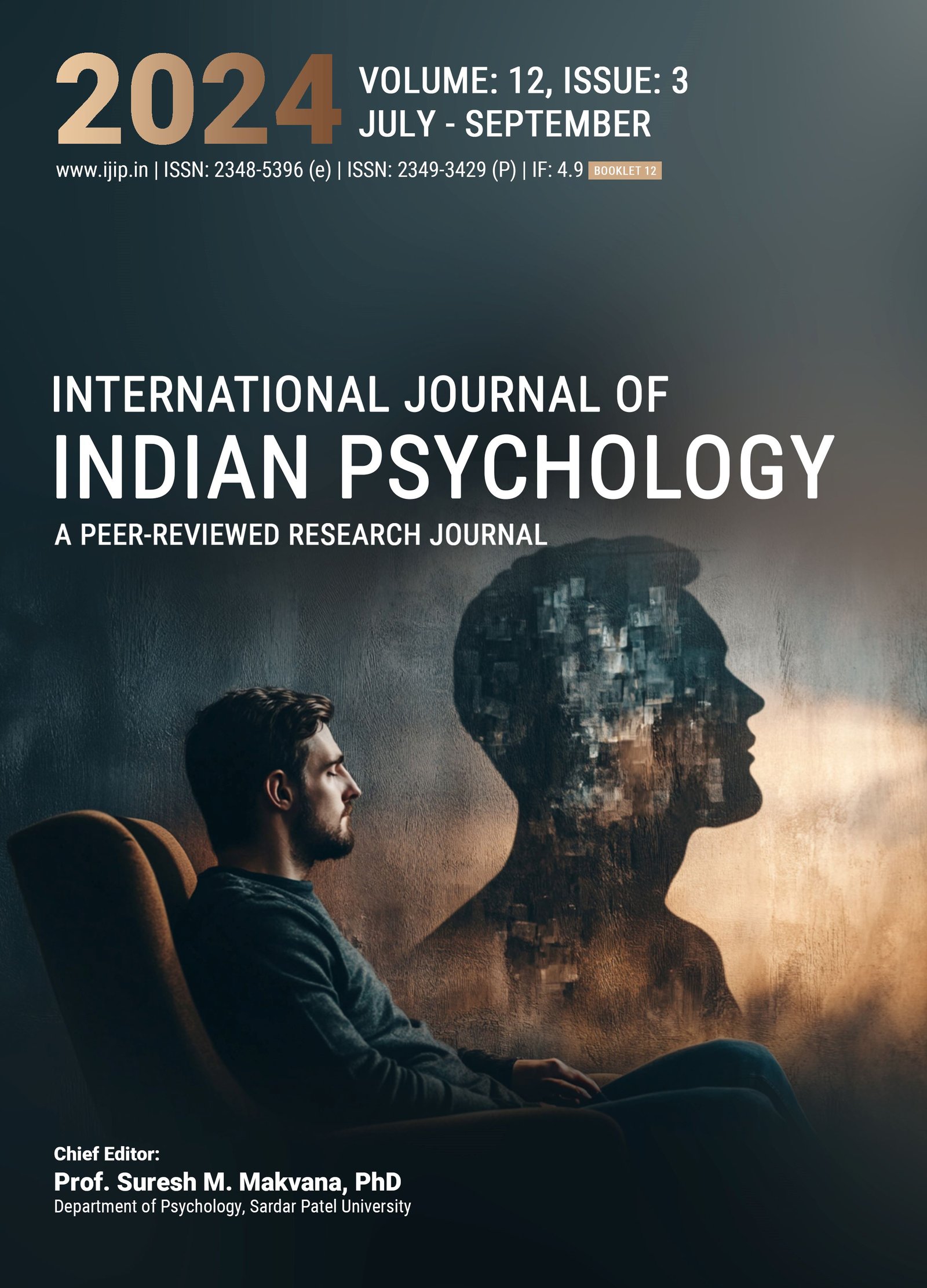Attachment Styles in Female Adolescents: A Comparative Analysis of Girls in Alternative Care Settings and Traditional Homes
DOI:
https://doi.org/10.25215/1203.321Keywords:
Attachment theory, Attachment styles, Psychological well-being, Alternative care settings, Orphanage, Adolescents, Emotional support, Caregivers, Family settingsAbstract
Attachment theory proposed by Bowlby and Ainsworth suggests that early relationships and bonds formed with primary guardians/parents/caregivers are the foundation and baseline for future relationships of children, and emotional well-being during their adulthood. The possibility that children living in alternative care settings have different experiences than those living in commonly seen home settings may develop attachment styles differently and possibly is a phenomenon that needs to be explored, as it is critical to understand how attachment styles in these environments impact psychological well-being. This study investigates the nature of the relationship between attachment styles and psychological well-being among teenagers in alternative care settings compared to those in traditional family settings. A sample of 40 females aged 13-18 was surveyed using the Attachment Style Questionnaire by (Oudenhoven, Hofstra and Bakker (2003)), with participants 20 participants from the Maher Vatsalyadham Orphanage in Pune, divided into a control group (living with parents) and an experimental group (residents of an orphanage). Significant differences were observed in some subscales of attachment styles between the two groups, suggesting that the care setting impacts attachment styles and, subsequently, psychological well-being. Understanding these differences can inspire the publishing of more well-being and positive reinforcement interventions aimed at improving emotional support in alternative care settings.Metrics
No metrics found.
Published
2024-09-30
How to Cite
Aarya Bora. (2024). Attachment Styles in Female Adolescents: A Comparative Analysis of Girls in Alternative Care Settings and Traditional Homes. International Journal of Indian Psychȯlogy, 12(3). https://doi.org/10.25215/1203.321
Issue
Section
Articles


